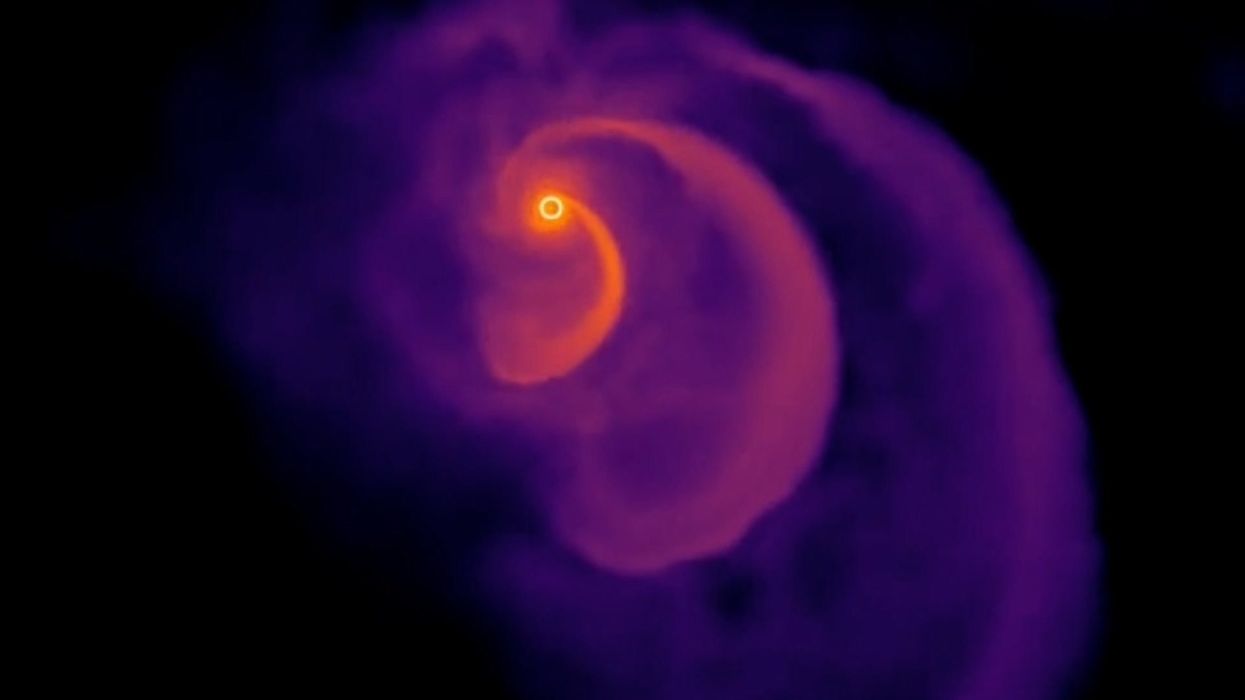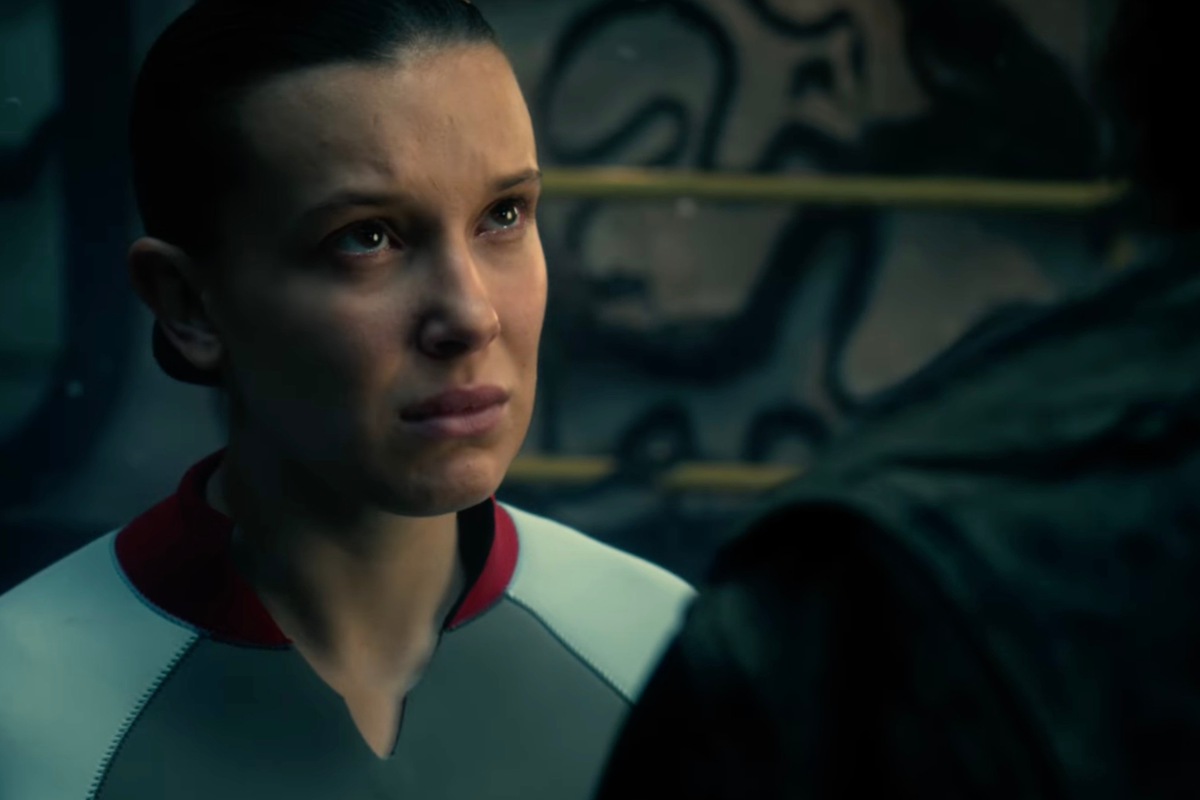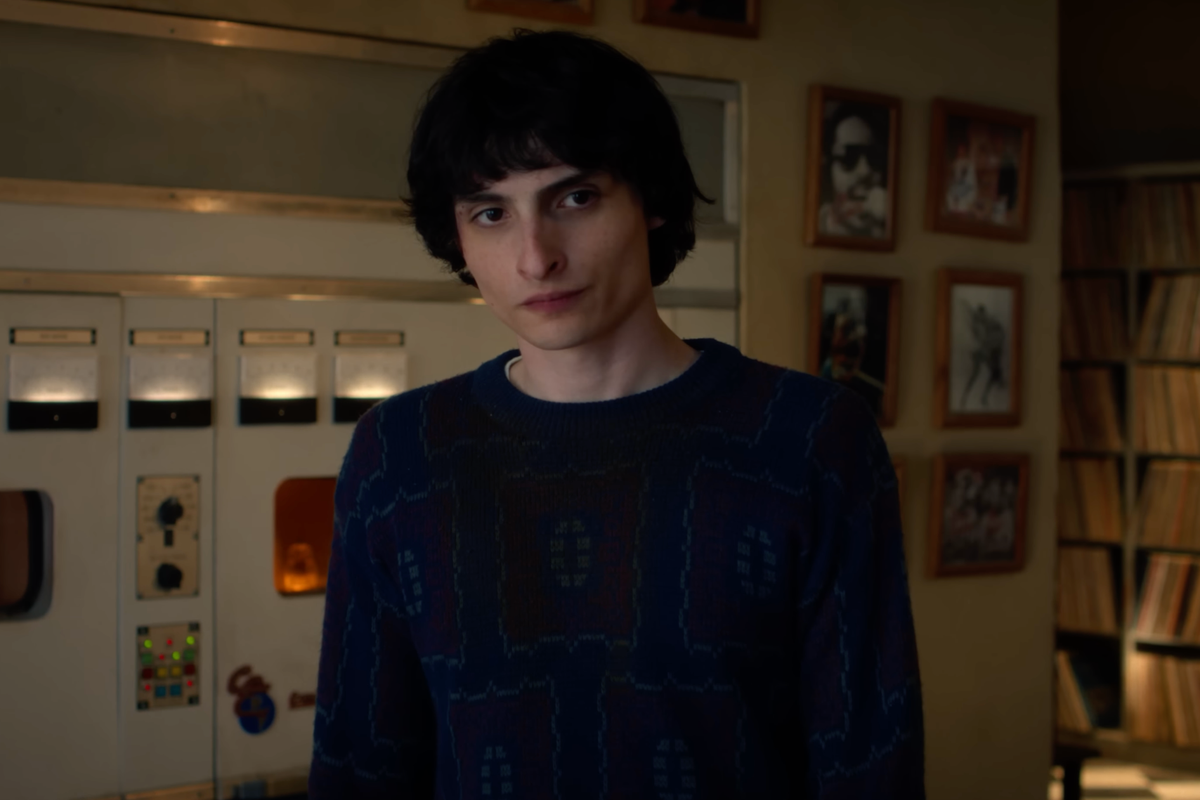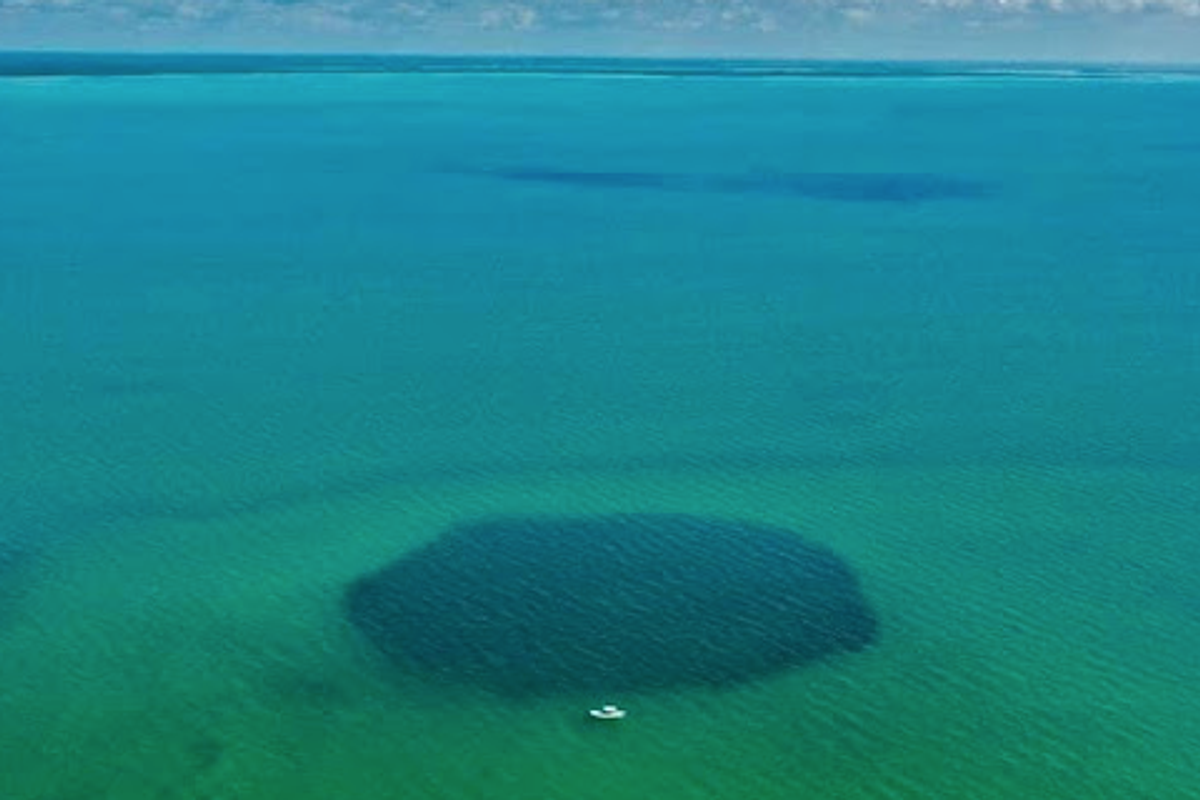Greg Evans
Apr 26, 2023
Black holes chew up wayward stars like a ‘messy toddler’
content.jwplatform.com
Black holes chew up wayward stars like a 'messy toddler' - taking a few bites before flinging leftovers across the galaxy.
The protracted and violent meals have been captured in remarkable detail - using computer simulations.
They happen where gravity is so strong even light can't escape - making them invisible.
Lead author Fulya Kıroglu, a PhD student at Northwestern University, Evanston, Illinois, said: "We obviously cannot observe black holes directly because they don't emit light.
"So, instead, we have to look at the interactions between black holes and their environments. We found that stars undergo multiple passages before being ejected.
"After each passage, they lose more mass, causing a flair of light as it's ripped apart. Each flare is brighter than the last, creating a signature that might help astronomers find them."
Sign up to our new free Indy100 weekly newsletter
Finding black holes is important. They may be the source of a mysterious force dubbed dark energy.
It has even been suggested they are tunnels between universes - a type of wormhole.
The findings apply to medium-sized black holes - at between 100 to 10,000 solar masses. They are much harder to detect than their supermassive counterparts.
Ms Kiroglu said: "Their presence is still debated. Astrophysicists have uncovered evidence that they exist.
"But that evidence can often be explained by other mechanisms. For example, what appears to be an intermediate-mass black hole might actually be the accumulation of stellar-mass black holes."
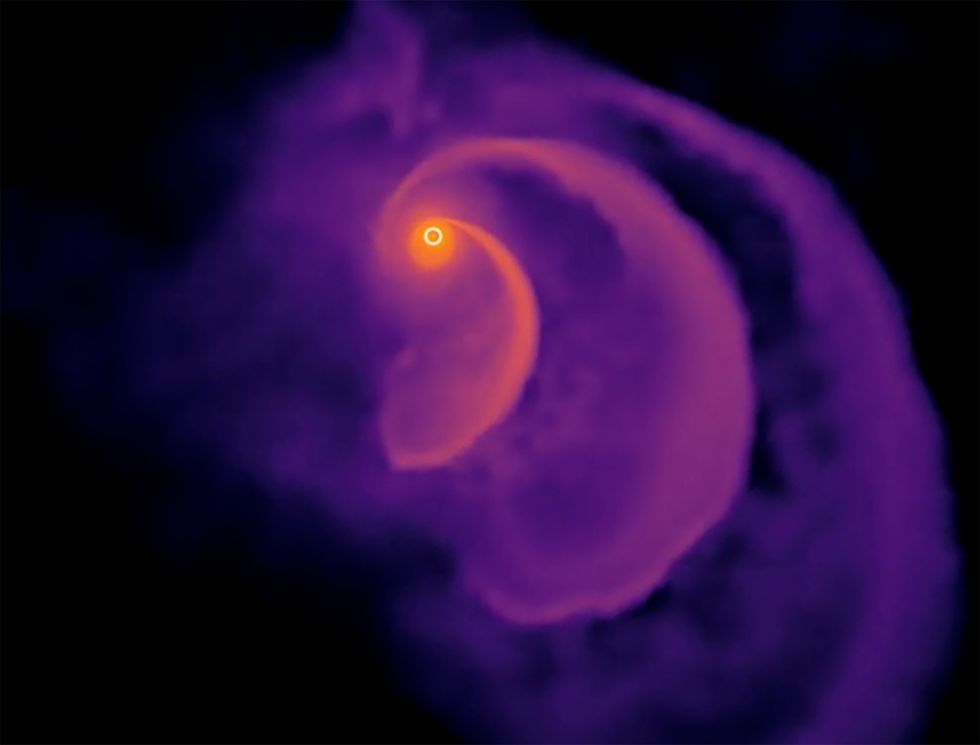
Her team developed new hydrodynamic models including a large star - which was sent towards it.
The researchers calculated the gravitational force acting on its particles during the approach.
Ms Kiroglu said: "We can calculate specifically which particle is bound to the star and which particle is disrupted - or no longer bound to the star."
The study showed stars could orbit an intermediate-mass black hole as many as five times before finally being ejected.
With each pass around the black hole, the star loses more and more of its mass as it's ripped apart.
Then, the black hole kicks the leftovers - moving at searing speeds - back out into the galaxy.
The repeating pattern would create a stunning light show that should help astronomers recognise, and prove, the existence of intermediate-mass black holes.
Ms Kiroglu said: "It's amazing the star isn't fully ripped apart. Some stars might get lucky and survive the event.
"The ejection speed is so high that these stars could be identified as hyper-velocity stars, which have been observed at the centers of galaxies."
She next plans to simulate giant and binary stars to explore their interactions with black holes.
Supermassive black holes are believed to power galaxies. There is one at the heart of the Milky Way.
The findings were presented at a virtual meeting of the American Physical Society.
Have your say in our news democracy. Click the upvote icon at the top of the page to help raise this article through the indy100 rankings.
Top 100
The Conversation (0)
